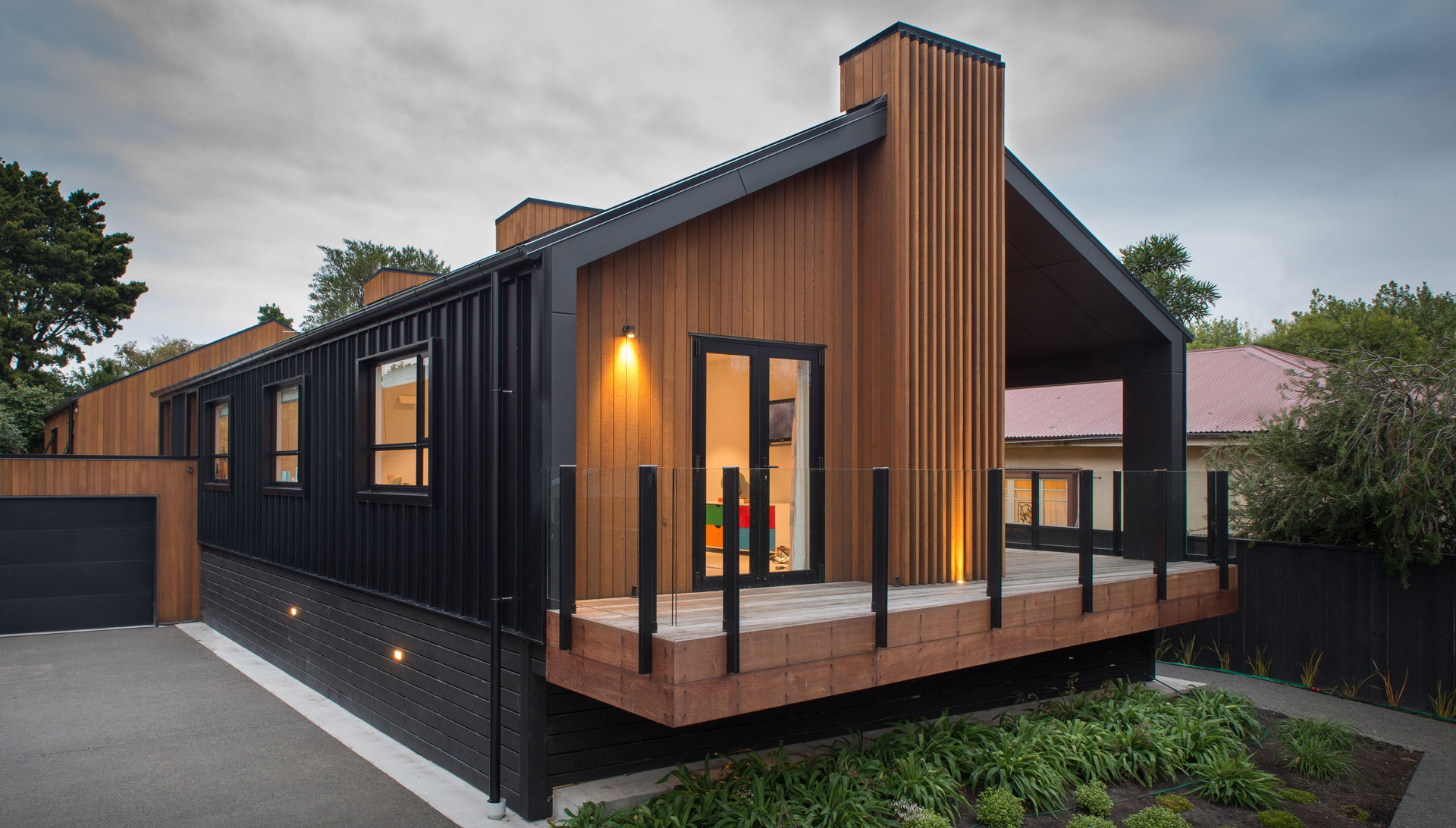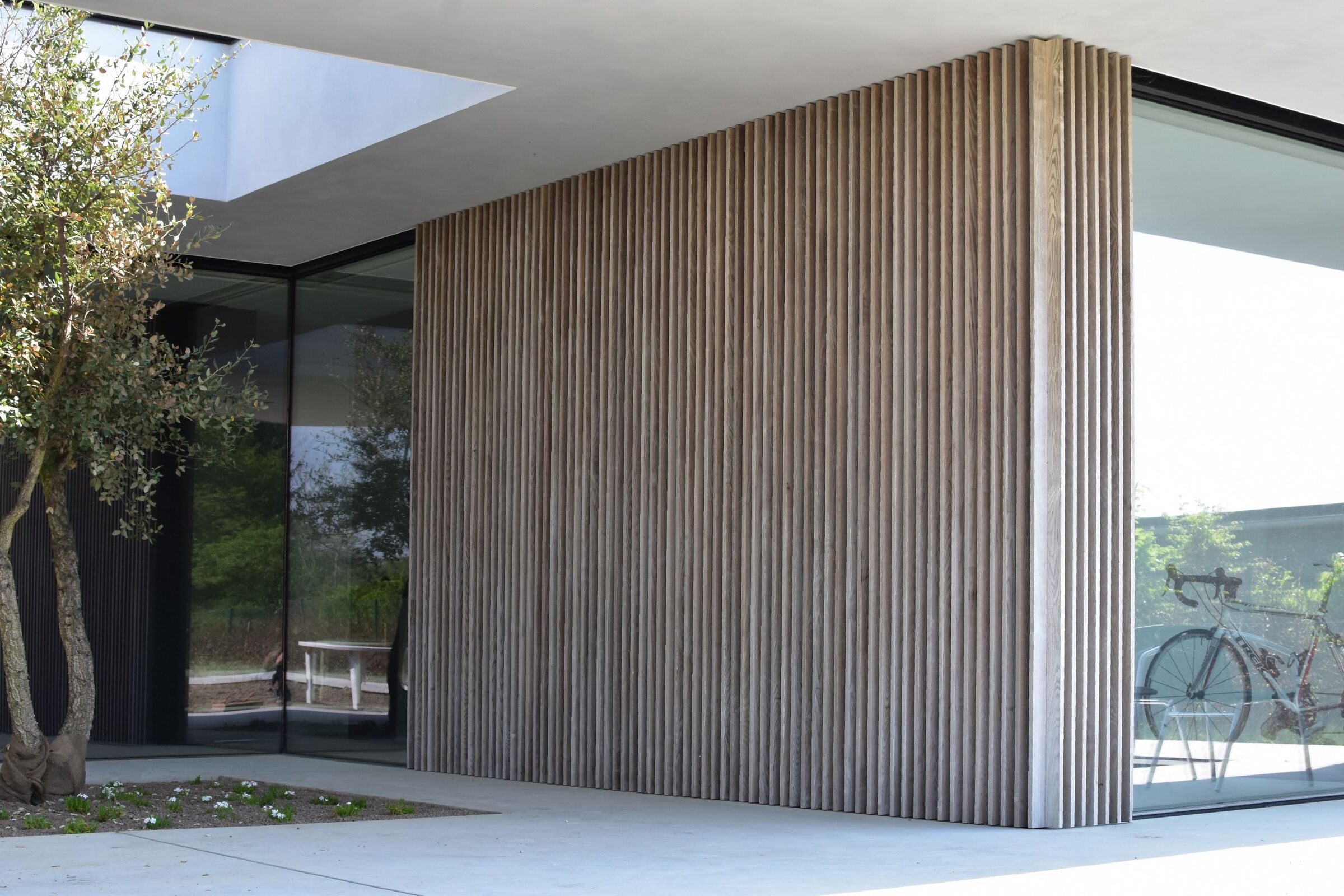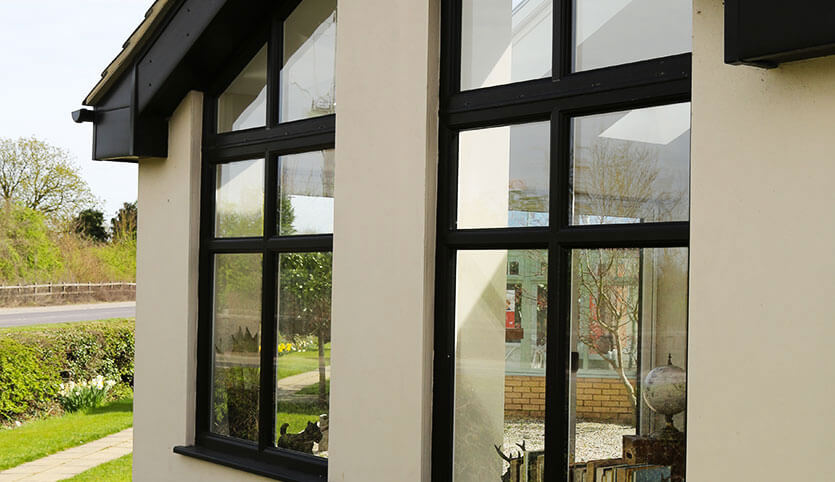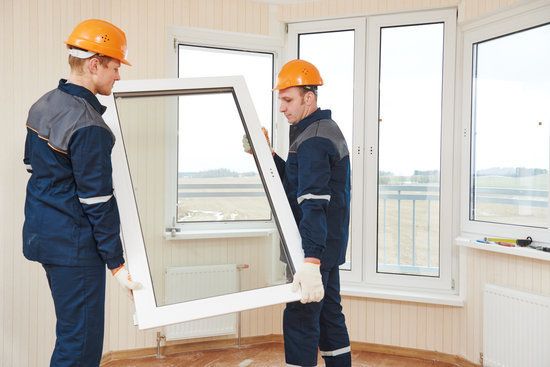Timber cladding has become an increasingly popular choice for homeowners looking to enhance the aesthetic appeal and functionality of their homes. Whether you’re renovating an existing property or constructing a new one, timber cladding offers a timeless, natural look that can significantly elevate the overall appearance of your home. However, installing timber cladding requires careful planning and execution to ensure optimal results. In this comprehensive guide, we’ll explore valuable tips and considerations to help you successfully install timber cladding in your home.
Table of Contents
- Choose the Right Type of Timber
- Consider the Climate
- Prepare the Surface
- Choose the Right Fixings
- Consider Installation Methods
- Allow for Expansion and Contraction
- Regular Maintenance
- Seek Professional Advice if Needed
- Frequently Asked Questions
- How do I choose the right type of timber for my cladding project?
- What is the best installation method for timber cladding?
- How do I prevent my timber cladding from warping or buckling over time?
- Can I install timber cladding myself, or do I need to hire a professional?
- How do I ensure that my timber cladding is environmentally friendly?
- Conclusion
Choose the Right Type of Timber
Selecting the appropriate type of timber is crucial for the success of your cladding project. Factors such as durability, appearance, and maintenance requirements should influence your decision. Popular choices include cedar, pine, oak, and spruce. Each type of timber has its unique characteristics, so make sure to research thoroughly and choose one that best suits your preferences and budget.
Consider the Climate
Climate plays a significant role in determining the performance and longevity of timber cladding. Certain wood species are better suited to specific climates, so it’s essential to consider factors such as humidity, temperature fluctuations, and exposure to sunlight. For example, cedar is known for its natural resistance to decay and insect infestation, making it an excellent choice for humid climates.
Prepare the Surface
Proper surface preparation is key to ensuring a secure and long-lasting installation. Before installing timber cladding, ensure that the underlying surface is clean, dry, and free from any debris or contaminants. Depending on the condition of the surface, you may need to repair or replace any damaged areas to provide a smooth and stable substrate for the cladding.

Choose the Right Fixings
Selecting the appropriate fixings is essential for securely attaching the timber cladding to your home. Stainless steel or galvanized nails and screws are recommended for exterior applications, as they are resistant to rust and corrosion, ensuring the structural integrity of the cladding over time. Be sure to use fixings that are compatible with the type of timber you’re using to prevent splitting or damage during installation.
Consider Installation Methods
There are various installation methods for timber cladding, including horizontal, vertical, and diagonal orientation. Each method offers a distinct aesthetic and may be more suitable for certain architectural styles or preferences. Horizontal cladding is a popular choice for modern homes, while vertical or diagonal installations can add visual interest and texture to traditional or contemporary designs.
Allow for Expansion and Contraction
Timber is a natural material that expands and contracts in response to changes in temperature and humidity. To prevent warping or buckling of the cladding boards, it’s essential to allow for adequate spacing and ventilation during installation. Use spacers or timber battens to create gaps between the boards, allowing for air circulation and accommodating natural movement without compromising the integrity of the cladding.

Regular Maintenance
To ensure the long-term beauty and performance of your timber cladding, regular maintenance is necessary. Periodically inspect the cladding for any signs of damage, such as cracks, splits, or mold growth, and address any issues promptly. Depending on the finish applied, you may need to reapply protective coatings periodically to maintain optimal protection against the elements.
Seek Professional Advice if Needed
While timber cladding installation can be a rewarding DIY project for experienced homeowners, complex or large-scale installations may require professional assistance. If you’re unsure about any aspect of the installation process or have concerns about structural integrity, don’t hesitate to seek advice from qualified contractors or building professionals.
Frequently Asked Questions
How do I choose the right type of timber for my cladding project?
Choosing the right type of timber depends on various factors such as climate, durability, appearance, and maintenance requirements. Consider consulting with a timber specialist or contractor to determine the most suitable option for your specific needs and preferences.
What is the best installation method for timber cladding?
The best installation method for timber cladding depends on your aesthetic preferences and architectural style. Horizontal, vertical, and diagonal orientations are common options. Consult with your contractor to determine the most suitable method for your project.
How do I prevent my timber cladding from warping or buckling over time?
Proper installation techniques, including allowing for expansion and contraction, are essential for preventing warping or buckling of timber cladding. Ensure adequate spacing and ventilation between the cladding boards to accommodate natural movement.
Can I install timber cladding myself, or do I need to hire a professional?
While timber cladding installation can be a DIY project for experienced homeowners, complex or large-scale installations may require professional assistance. If you have the necessary skills and tools, you can consider tackling the project yourself.
How do I ensure that my timber cladding is environmentally friendly?
To ensure that your timber cladding is environmentally friendly, look for sustainably sourced timber certified by reputable organizations such as the Forest Stewardship Council (FSC) or the Programmed for the Endorsement of Forest Certification (PEFC).
Conclusion
Installing timber cladding in your home can enhance its visual appeal, durability, and value when done correctly. By following these tips and considerations, you can ensure a successful and long-lasting installation that transforms your home’s exterior into a stunning showcase of natural beauty. From choosing the right type of timber to proper surface preparation and maintenance, attention to detail is key to achieving optimal results. So roll up your sleeves, gather your tools, and embark on your timber cladding journey with confidence!




